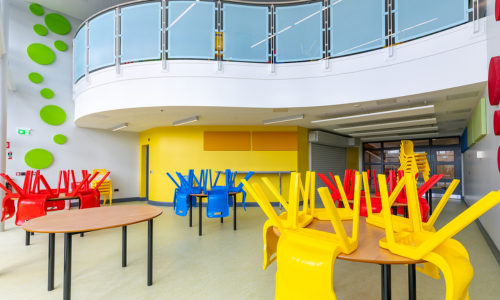
The section maintains close links with the National Council for Special Education (NCSE)

This service provides advice to employees on a range of issues

This allows staff to get an estimate of their retirement benefits based on the details entered

Government is committed to delivering a humanitarian response to welcome people fleeing Ukraine
15 April 2024
15 April 2024
15 April 2024
9 April 2024
26 March 2024
21 March 2024
19 April 2024
17 April 2024
16 April 2024
To facilitate individuals through learning, to achieve their full potential and contribute to Ireland's social, cultural and economic development.
Read more